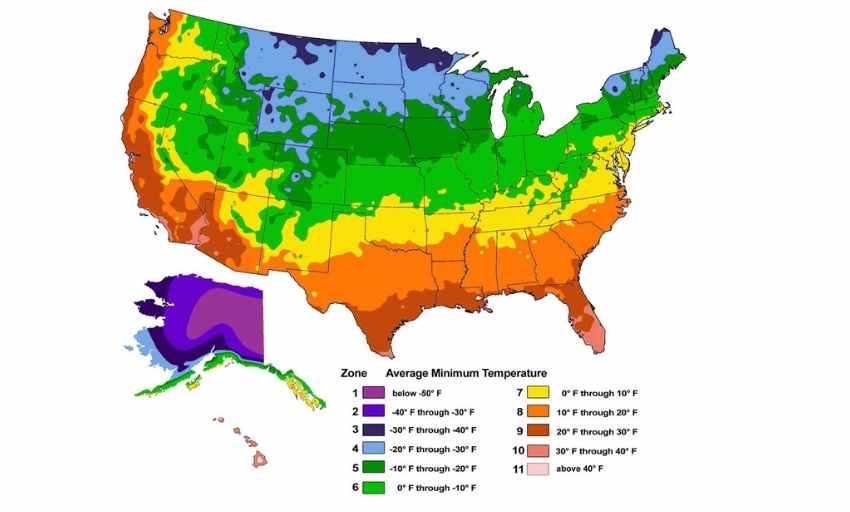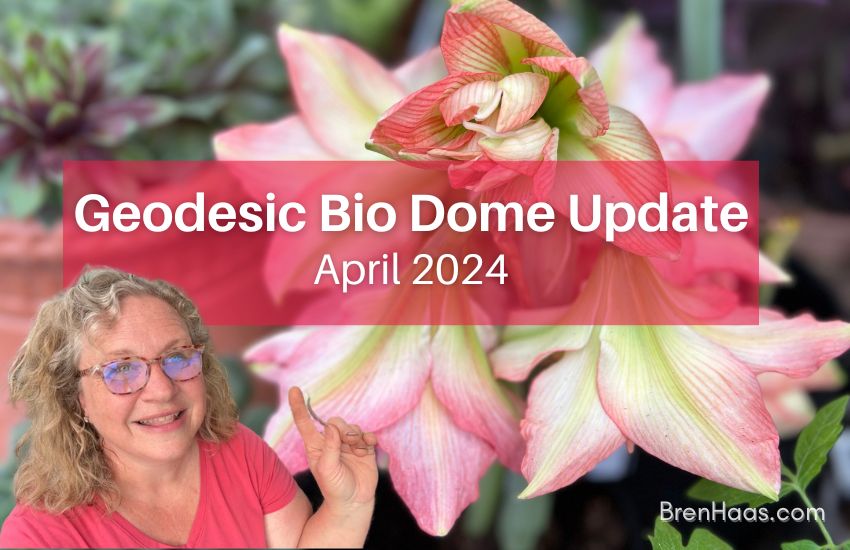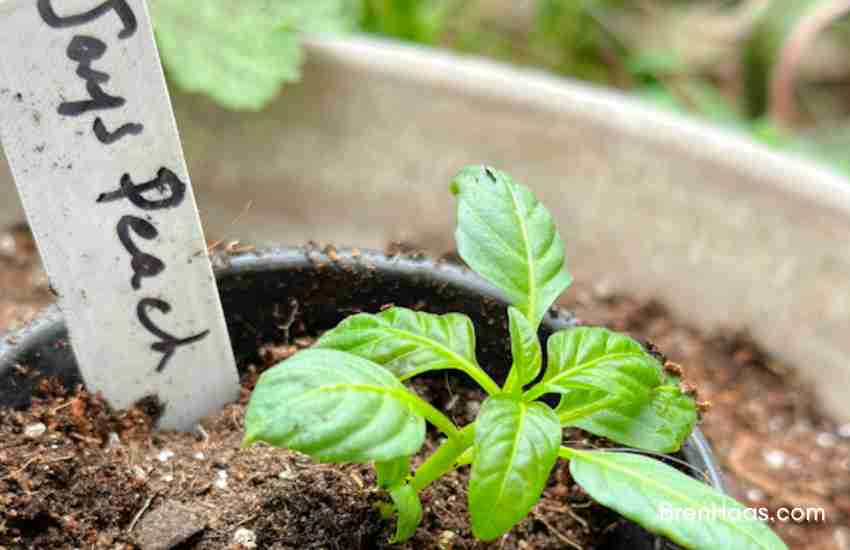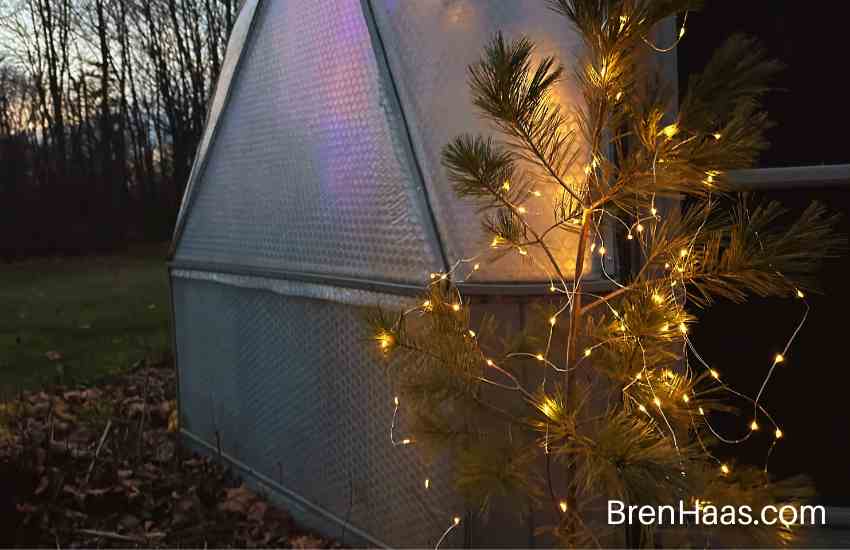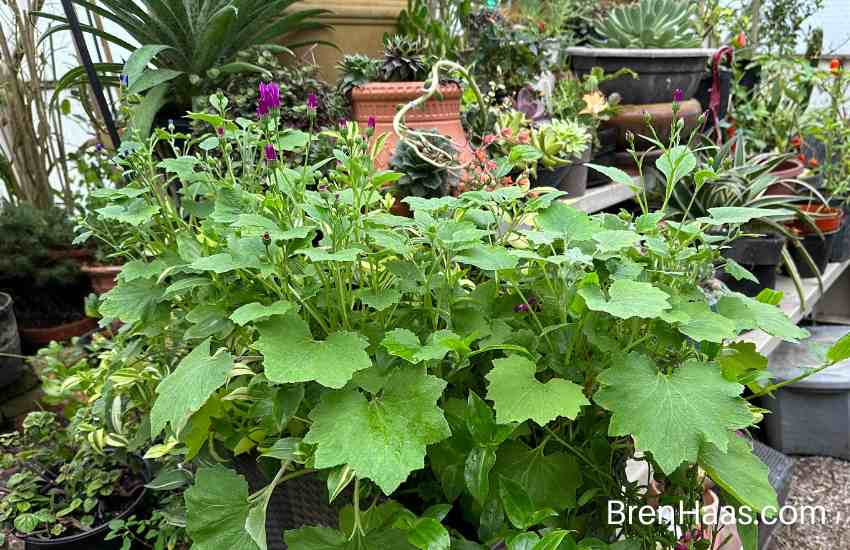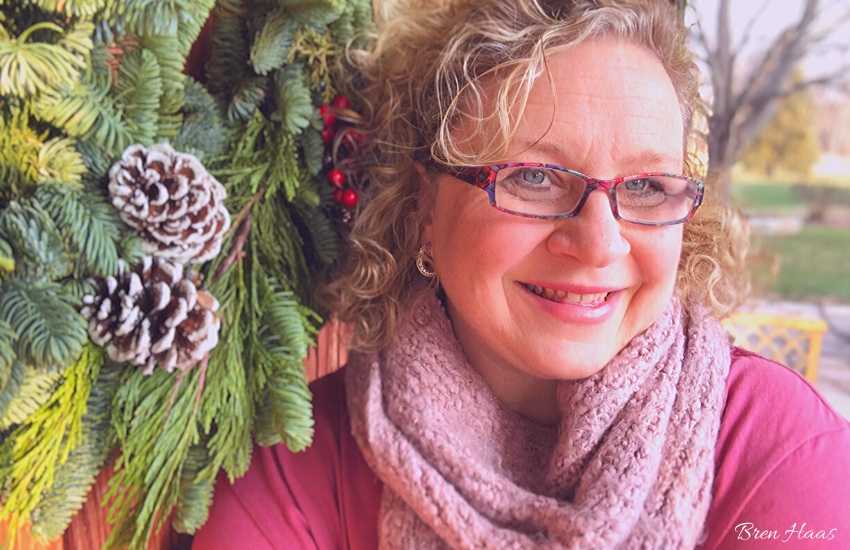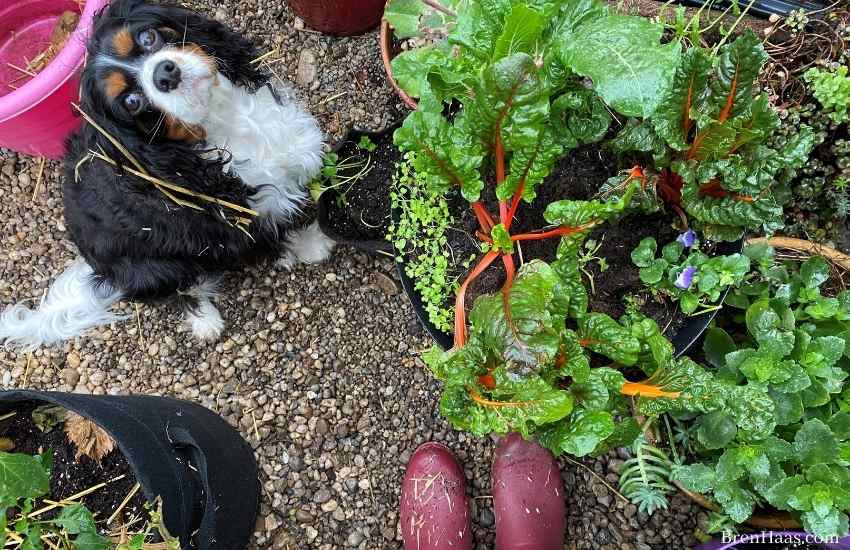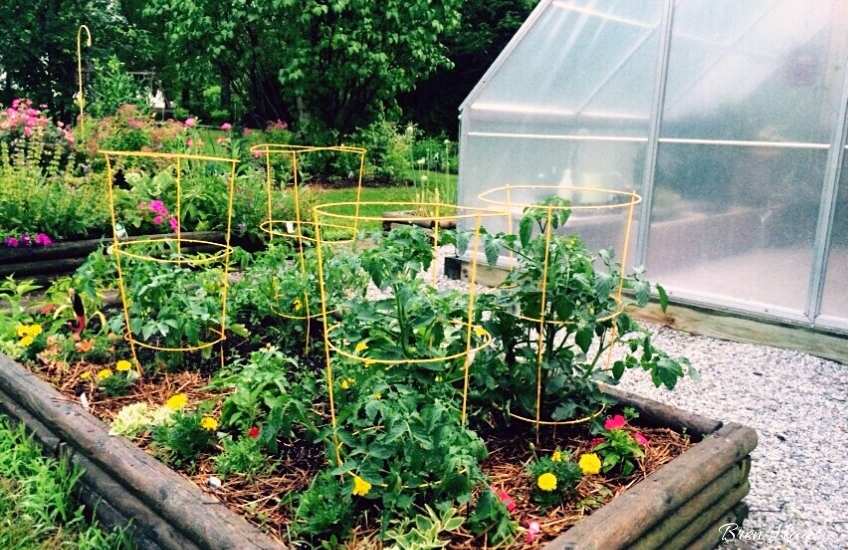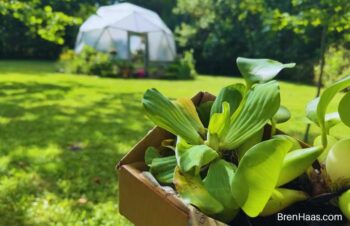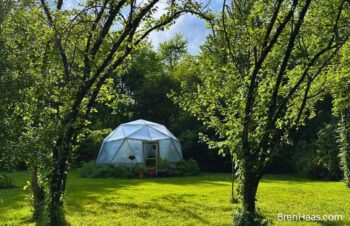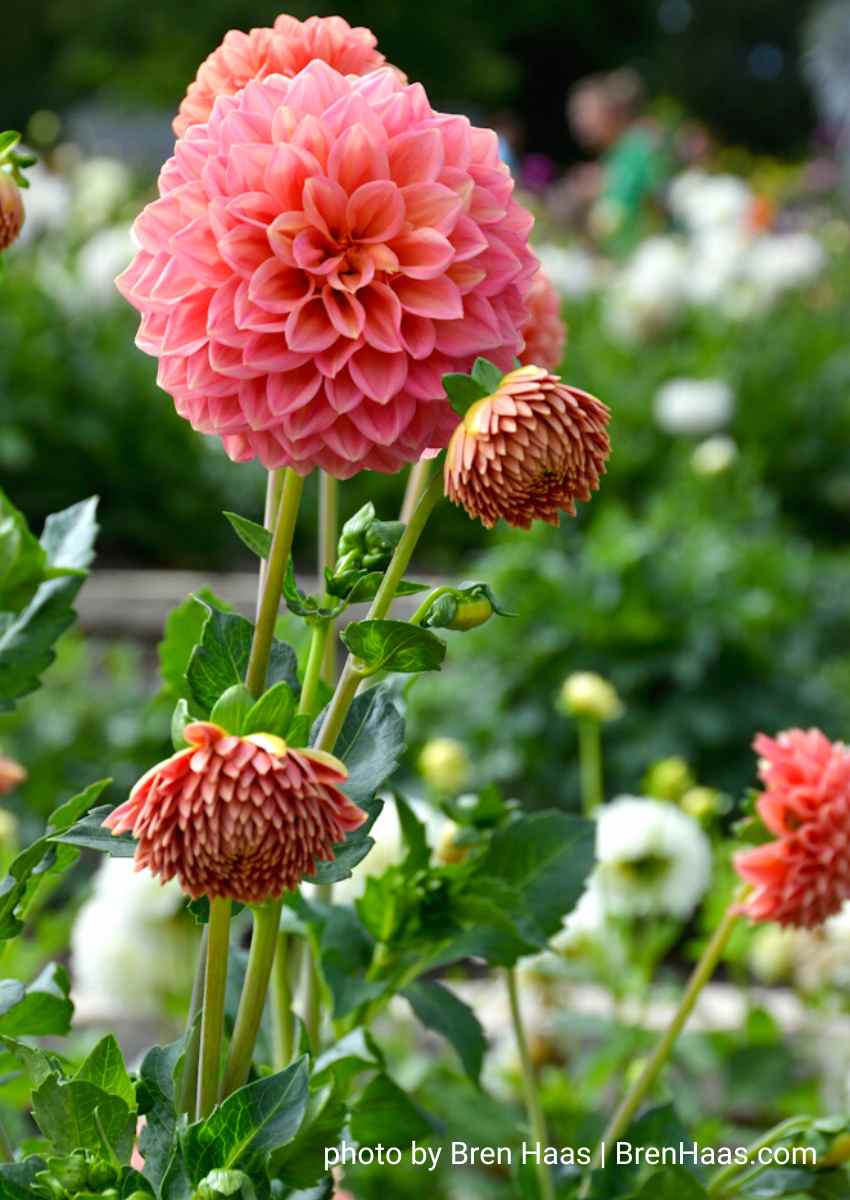If you have ever had the opportunity to relocated to a different part of the country you understand why it is important to know the weather conditions. Being aware of a hardiness zone when it comes to growing successfully is a similar situation. In this post, I share why you should care about hardiness zones.
What is the USDA Hardiness Zone Map?
The US Department of Agriculture created the USDA Plant Hardiness Zone Map to provides a standard climatic conditions relevant to growing plants successfully. Agriculture industry uses this data to define what plants grow best in what areas of the United States. By understanding what zone you’re located in, you can find out which plants will grow best in your area and which won’t. Below is a copy of the map you will find on the USDA site. I recommend checking out the link (by clicking on the image below) to find more details.
USDA Plant Hardiness Zone National Map
Find your location (city, state) on the map above. Use the color code guide to find your hardiness zone on the right side of the image. Once you know your planting zone, use the chart below to find your frost dates.
| Zone | Avg Last Frost | Avg First Frost | Average Growing Days |
| 1 | May 25 | August 25 | 92 |
| 2 | May 15 | September 1 | 109 |
| 3 | May 15 | September 15 | 123 |
| 4 | May 15 | October 1 | 139 |
| 5 | May 1 | October 15 | 168 |
| 6 | April 15 | October 15 | 183 |
| 7 | April 1 | October 31 | 213 |
| 8 | March 15 | November 15 | 245 |
| 9 | February 15 | November 30 | 290 |
| 10-13 | No Freeze | No Freeze | 365 |
USDA Hardiness Zone is Important To ME Becuase:
By learning your zone you can easily find how many growing days you have to use in the season. Almost any vegetable will grow in zones 3 and up. in zone 3 or higher and has at least a 123 day growing season – enough to grow squash, peas, kale, tomatoes and much more! Knowing your zone also tells you when it is safe to plant outdoors. Many plants like squash, corn and cucumbers can not tolerate frost.
Now Let’s Get Growing
Below are a few of my favorite things to grow in zone 5b. If you check the vegetable descriptions you can grow these in most other zones as well. Be sure to reach out to me with any questions you may have.

My Veggie and Herb Container Garden Update
Here’s a quick update featuring videos and images of a few container-friendly herbs, tomatoes, and squash I’m growing this season.
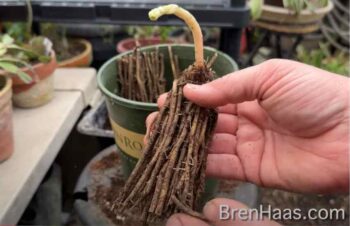
How To Grow Asparagus Bare Root Plants
In this post, I’m sharing my vlog on growing asparagus from bare roots. Here are the Jersey Giant Asparagus bare root plants I discovered locally. Feel free to ask questions about this straightforward planting vlog.
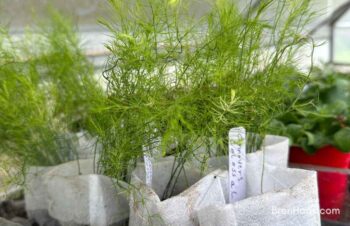
Asparagus From Seed Tips
This blog post features unique images and a vlog detailing the process of growing asparagus from seed. Discover my personal tips and the most effective methods I’ve found for starting two popular varieties from seed. Take the time to scroll down and leave a comment.
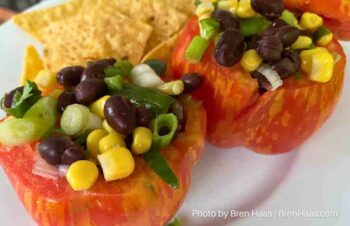
No Bake Get Stuffed Tomato Recipe & Review
In this article, I am showcasing a special and uncommon tomato that I cultivated from seed in my personal garden. The Get Stuffed Tomato has become a favorite of mine to grow every summer and here is why:
If you want to get really crazy.. come grow in a dome like I do!
Let’s Connect
Do you pay attention to the hardiness zone map? Why is it important to you? I’d love to connect with you so please share by visiting my contact page featured on this site.
Happy Gardening,

=
IMAGEhttp

